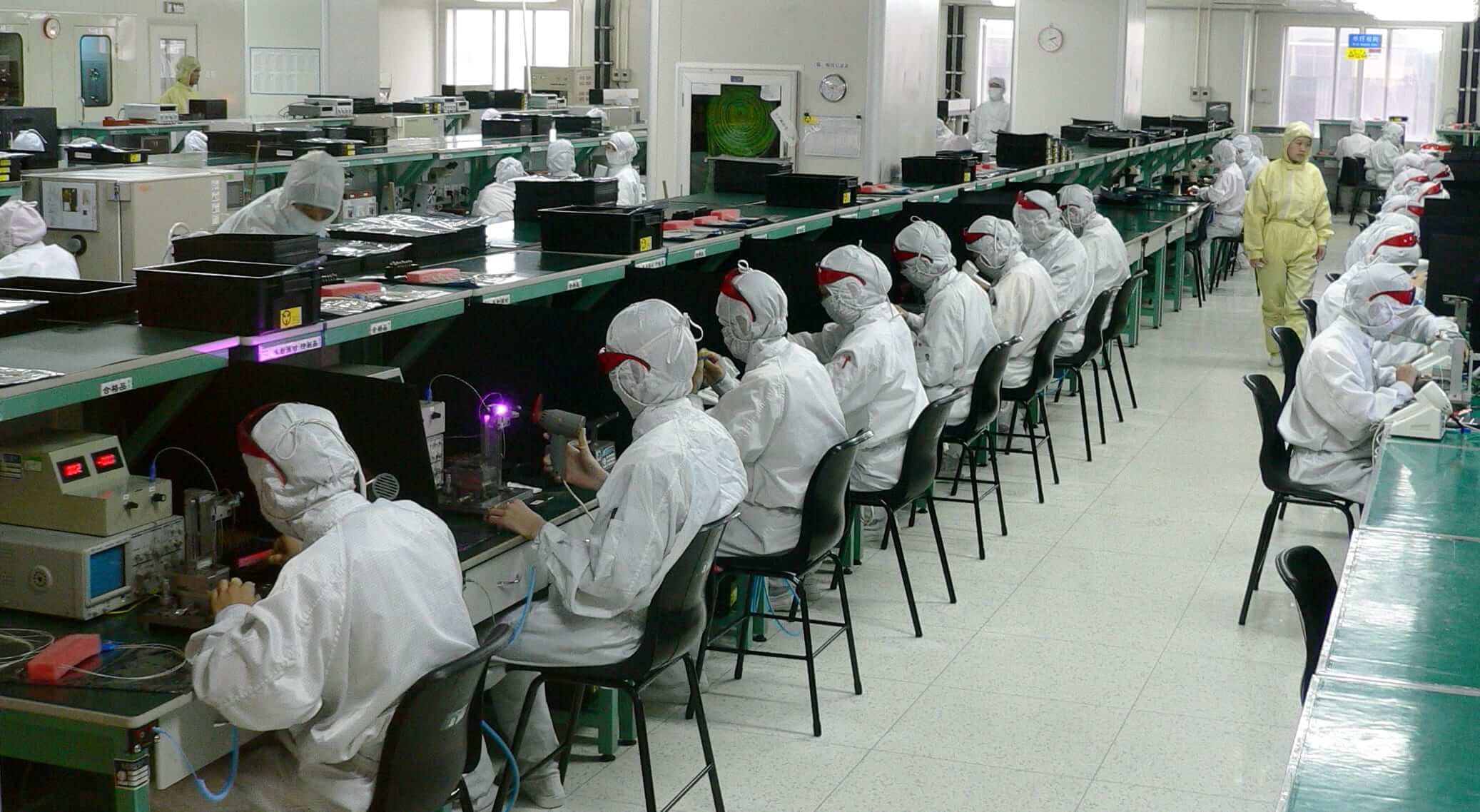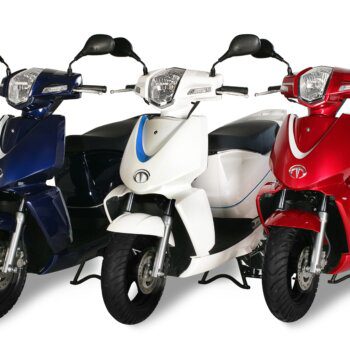It’s 3AM. I am wide awake the day after returning from my second trip to China in six weeks. It hits me in the early dawn and in those confusing first moments upon waking when my body thinks it 3PM and the clock tells me the cruel reality that I should write a newsletter on my observations of the differences between US and China food safety philosophies and practices. While I went on both these trips with David Acheson, I decided not to share my observations with him until right before this newsletter went live. As you probably know, he has traveled to China and other parts of Asia much more than I, so I wanted to write this from my own perspective through the eyes of a US food safety professional seeing China and other parts of Asia through the lens of the uninitiated– unbiased from his more seasoned and regulatory-bent views. I don’t purport to be an instant international expert on Asia after two visits to China and Thailand, but I thought sharing my observations may offer help to some of my colleagues in the food industry, by simply shedding some light on this unique market that possesses both tremendous promise as well as some unique risks.
For better or for worse, I offer my personal observations to US companies doing business in China. Whether you already have or are considering opening manufacturing operations in China and/or are sourcing ingredients or finished goods from China (which is harder to avoid these days in this more centralized and globalized supply chain), these are my primary takeaways from my recent trips that you may want to consider. Ironically, my observations fall nicely into a fitting acronym that will be self-evident (and to some possibly rather corny) by the end of this article, but I find it fitting nonetheless!
C-Culture: US companies who do not understand the China market before attempting to do business there are in for some degree of culture shock and a turbulent start.
- Trust and credibility is gained in-person, face to face, and over time. Generally speaking, China does not do business the way we Americans do: a couple conference calls and a few emails to exchange a contract and Voila! Sign on the bottom line and we have ourselves a deal (granted they may not all run that smoothly). Conversely, it takes time, and an establishment of rapport and getting to know the Chinese business and businessmen (yes—I ended that word that way purposely – yet I fare well there professionally, thankfully!) before a successful venture with an open line of communication between the US and Chinese company can be established.
- Cultural differences alone can lead to food safety issues and/or incidents that result in brand damage. In certain cultures, for examples, it’s perfectly acceptable touch RTE product with bare hands, or re-work food that has dropped to the floor back into production, because that is what is done at home when cooking, and is likely impacted by the proclivity to not waste food in a country where food security –having enough food to feed its people –is a significant concern.. Thus, US firms should know that there is almost a need to “over-train” employees on GMPs, HACCP and personal hygiene in order to overcome these cultural norms.
If you haven’t entered this market before, find someone who has and ask as many questions as you can to help guide you through this process. Learn about country and local provincial culture—it does differ depending on which area of China you decide to set up shop. The main point is: ask before embarking because without that insight you will not be well positioned for success!
H-HACCP Differences: When performing a facility assessment at a seafood processing facility, I was reviewing the HACCP plan and was perplexed by some of the designated CCPs in the plan. When my face displayed a puzzled look and I asked my gracious plant QA management hosts why they selected “certificates for raw products” such as beef as a CCP and more specifically why they thought that this reduced or eliminated a serious hazard reasonably likely to occur, they stared back at me with equally quizzical faces and simply responded “We have to — it’s required by our government.” As it turns out, certain “CCPs” are indeed required by specific agencies in Asia. However, in the US these CCPs do not fit squarely into the seven principles of HACCP, nor do they really result in reducing or eliminating a risk likely to occur in a production environment. It’s a documentation exercise at best—politics at worst. The message? When a US food company is verifying a foreign supplier of ingredients or is onboarding a new co-packer is Asia, don’t just ask whether they have a HACCP plan and check a box that they are “compliant” because they have a HACCP plan. Read it! I bet you “dollars to donuts”, as an old friend of mine used to say, that some of the CCPs will make sense to you (e.g. metal detection) but others will not. With the Foreign Supplier Verification Rule on the horizon and the basic need to protect your brand, you should ask yourself if your suppliers and co-packers in these markets are adequately controlling the risks that could cause your brand a food safety/reputational crisis. Is the answer “my government makes me do it” good enough for you? That is a good reason for them to have it in the HACCP plan, but are there more CCPs that should be there? I frankly witnessed a lack of fundamental understanding of the true spirit of HACCP in the world region. Enhanced training in this area would be of tremendous benefit. When was the last time your Chinese production partner offered HACCP training to its employees? Updated its HACCP plan? Ask….
I-Ice and Ice Trucks: “Ice, Ice Baby”….Anyone remember this song? This may date me but as I was touring the production facilities on my recent trip, which were mainly seafood, I could not get this tune out of my head. There was a tremendous amount of ice used to keep product cold to maintain food safety. Then start to think about all the cautions you receive when traveling to China: don’t drink the water….drink bottled water only. So from here I start asking questions about their water supply, how it is treated, tested, monitored, if they make their own ice, if they don’t make their own ice – who does and how is transported, etc. My point is—you should be asking these questions too. Understanding how the water quality is maintained and controlled is crucial especially in operations where ice is used extensively. When ice is being sourced from third parties, a host of additional considerations need to be addressed, such as inspection of trucks that the ice is being delivered on, making sure that dirty totes/bags containing the ice are not being transported inside the facility, etc. Some companies are better than others in China and other Asian countries in managing for these risks. The takeaway for US companies is to make sure this is on your radar. Ask….
N-NO [Insert Laundry List Here]: This section is meant to list out the items or concepts that China simply either has no awareness or has no programs in place that are commonplace in the US relating to food safety, recall and crisis management. While this list could get quite extensive, I will endeavor to focus my major observations:
- No Awareness / Labeling of Allergens: Allergens are just not on the radar in China yet. There are no regulatory requirements to label allergens and, as such, no requirements for production facilities to practice GMP segregation of allergen-containing products from non-allergen containing products. Some Chinese manufactures have allergen management programs, but I have found these are ones who are co-packers for US firms or are otherwise associated with US manufacturing operations (JVs, etc.).
- No Enterprise Risk Management, Recall/ Crisis Communications Planning: Social media strategies and crisis response plans are not top of the priority list in most companies in China. In fact some haven’t even considered developing or implementing these whereas they are common policies to find in most US companies. This lack of awareness of the brand damage and reputational impact that social media can cause a brand was notable to me. However I foresee this changing and that progressive strides will be taken by Chinese companies in the wake of recent food safety and other food related scandals coming out of China in recent months. I am aware of at least one Chinese domestic company that is taking this issue extremely seriously.
- No Heightened Concern on Microbial Contamination, including Listeria!: China is mostly concerned with chemical residues in food from pesticide, heavy metals and residue contamination and are much less focused on micro testing. As a result, I see very limited and, dare I say, weak environmental monitoring programs (EMPs). Obviously, microbial contamination is a significant concern for US food companies, especially pathogens like Listeria monocytogenes (LM). Yet countries like Japan? Never heard of it. Okay maybe not literally but they are just not concerned about it. So much so that you can walk into a plant producing food susceptible to this deadly pathogen that will support growth and see water everywhere on the production floors knowing that it’s a growth medium for the bug—but it’s off the radar. So my advice to you is to dig deeper into preventive controls and EMPs. Just because LM isn’t regulated or on radar screens in the country your product is destined for doesn’t mean that your brand won’t take a hit if there is a foodborne illness outbreak due to LM in Japan. Thanks to social media such as Facebook or Twitter, the whole world will end up knowing about it overnight even though it didn’t happen in Kansas. So ask your foreign partners—how many swabs are they taking? How often? Where? What lab is performing the test? Is it ISO 17025 certified? Many labs are not certified in China. Ask … (Are you detecting a theme yet in my recommendations?)
A: Asia –beyond China—Right or wrong many countries want to move food production out of China for reputational risk reasons, for example, Japan. I’m not sure how much of this is politically driven vs. risk driven, but the fact remains that some companies – and countries – are looking for alternatives to China producing their food. After spending time in Thailand and in some facilities there, as well as speaking to both US and Thai food industry professionals, I found Thailand to be a very viable market option. Unemployment rates are below 1% and, despite recent political unrest, the political climate is now stable. With this economic and political stability, Thailand is an attractive option especially in contrast with the political discourse and protests occurring in Hong Kong and now mainland China coupled with its recent questionable economic performance. However, don’t be deluded that moving to Thailand will solve all your problems. Many of the same concerns around culture and fundamental understanding of HACCP are the same as in China.
What’s it spell? You got it—CHINA…And what is the message? Several. Ask questions—dig deeper because on the surface things appear similar to US food safety and production operations, but when you peel back the onion things are done differently. Ask and try to understand why they do things the way they do. Update your audit questionnaires and/or understand if the third party audits you rely on consider some of these concerns. Learn the culture. I am trying to practice what I preach—after my last trip I was inspired to learn Mandarin—at least enough to make me dangerous—or rather get me out of danger!
Develop trust and credibility with your in-country partners. Take the time to get to know the people, the nuances and differences, and some of the reasons behind those differences (like the HACCP CCPs). Don’t expect to jump into this market with overnight success. It appears to be a slow process but a worthwhile one. Chinese and other Asian country producers do strive for excellence. They are willing to work very hard to produce safe product and they clearly have a lot of pride in what they do. They are very hospitable and my recent trips have been highlighted by meeting some very nice people who want to learn and grow. But there are fundamental differences, including cultural, regulatory, political and media differences, between these regions and our own. Pause for a moment to remember this the next time China is thrown under the bus by our own media—who enjoy constitutional privileges of free speech. There are always two sides to every story. …
_____
This article was written by Melanie Neumann of The Acheson Group. see more.





























